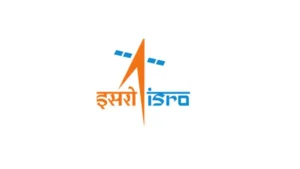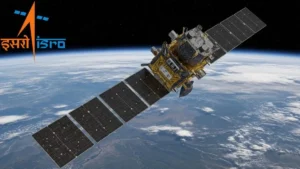China and Egypt have achieved a significant breakthrough in their collaborative efforts with the successful launch of the MisrSat-2 satellite. Developed and assembled jointly by the two nations, this marks a pivotal moment in their burgeoning space partnership. The satellite, assembled in Egypt with Chinese support, was launched from the Jiuquan Satellite Launch Center in northwest China, utilizing the Long March-2C carrier rocket.
A Joint Endeavor: Background and Collaboration
- The MisrSat-2 project, valued at $72 million, originated from a 2019 agreement between the Egyptian Space Agency (EgSA) and the China National Space Administration.
- This groundbreaking collaboration involved the combined expertise of Chinese and Egyptian scientists and engineers in the design, assembly, and testing phases.
- Notably, this initiative positioned Egypt as the first African country with satellite assembly and testing capabilities.
Technical Specifications and Payload
- MisrSat-2, an optical remote-sensing satellite, is equipped with a high-resolution camera capable of capturing detailed images of Egypt’s soil and water resources.
- With a resolution of 6.5 feet per pixel in panchromatic mode and 26.2 feet per pixel for multispectral images, the satellite will focus on specific bands to monitor climate changes, desertification, and land degradation.
Applications and Mission Objectives
- The satellite’s primary purpose extends to supporting Egypt’s sustainable development goals in agriculture, mining, water management, and environmental protection.
- MisrSat-2 is expected to play a crucial role in monitoring and addressing climate-related challenges, showcasing the satellite industry’s localization in Egypt.
Diplomatic and Economic Implications
- The launch of MisrSat-2 signifies the deepening ties between Egypt and China, especially in technology and space fields. The collaboration also reflects a broader trend of expanding trade and investment relations.
- China has become one of Egypt’s largest trading partners and investors, with significant bilateral agreements spanning infrastructure, energy, transportation, education, and culture.
Growing Relations and Shared Initiatives
- Beyond the economic sphere, the two nations have supported each other in various sectors and faced challenges together, exemplified by mutual assistance during the COVID-19 pandemic.
- The satellite launch serves as a testament to the multifaceted cooperation between China and Egypt, strengthening scientific and technological ties.
Future Prospects and Belt and Road Initiative
- MisrSat-2 stands as a benchmark project for practical aerospace cooperation between China and Egypt, aligning with China’s Belt and Road initiative.
- The Egyptian Space Agency, established in 2018, plays a pivotal role in fostering space technology development and satellite launch capabilities on Egyptian territory.
Important Questions Related to Exams
Q. How much did the MisrSat-2 project cost?
A: The MisrSat-2 project cost $72 million.
Q. When was the satellite project signed, and between which organizations?
A: The satellite project was signed in 2019 between the Egyptian Space Agency (EgSA) and the China National Space Administration.
Q. Where was MisrSat-2 launched, and which carrier rocket was used?
A: MisrSat-2 was launched from the Jiuquan Satellite Launch Center in northwest China, using the Long March-2C carrier rocket




 ISRO Launches RESPOND Basket 2025, Calls...
ISRO Launches RESPOND Basket 2025, Calls...
 LVM3-M6 Rocket Set to Launch on December...
LVM3-M6 Rocket Set to Launch on December...
 Michaela Benthaus to Make History as Fir...
Michaela Benthaus to Make History as Fir...







